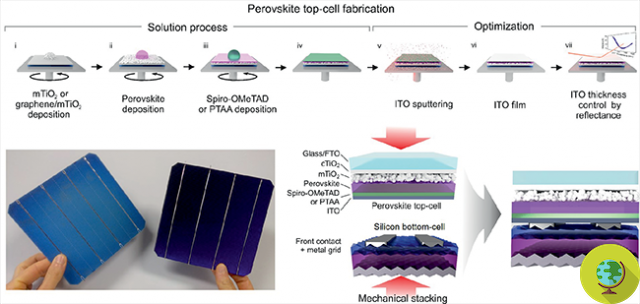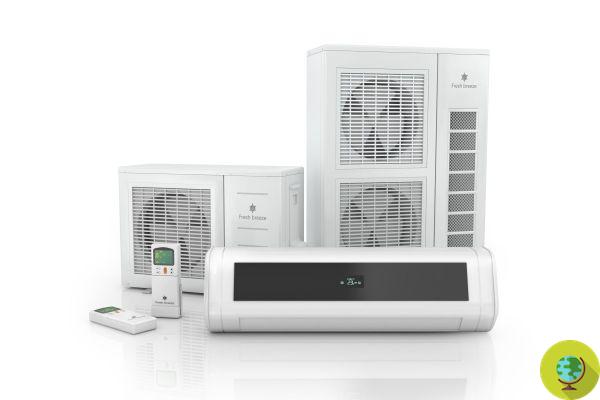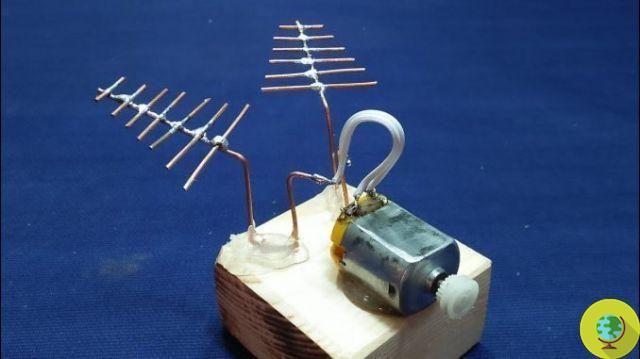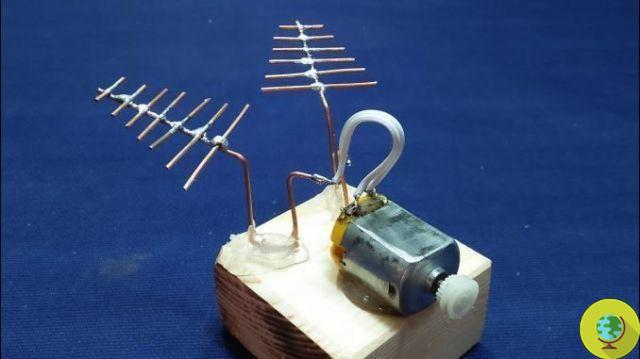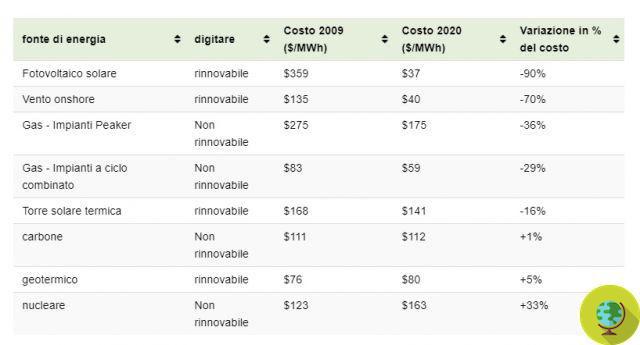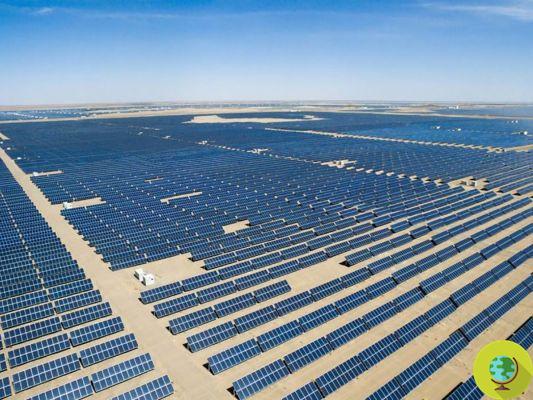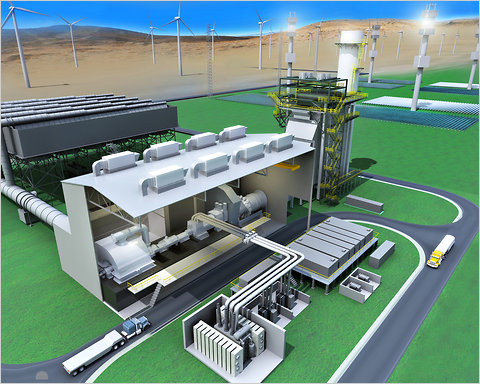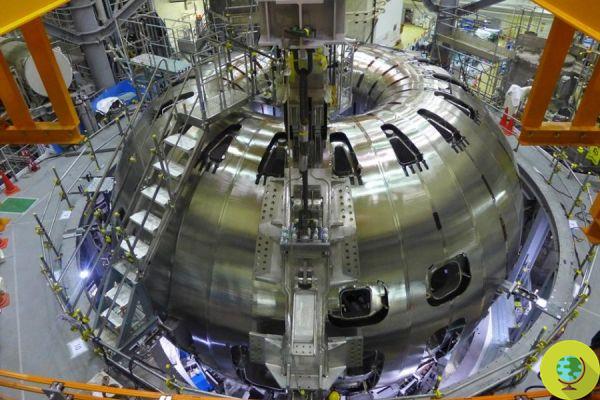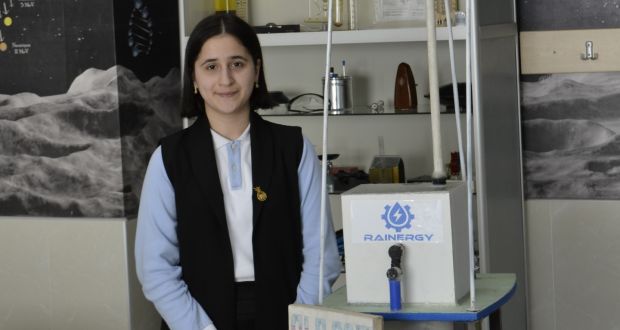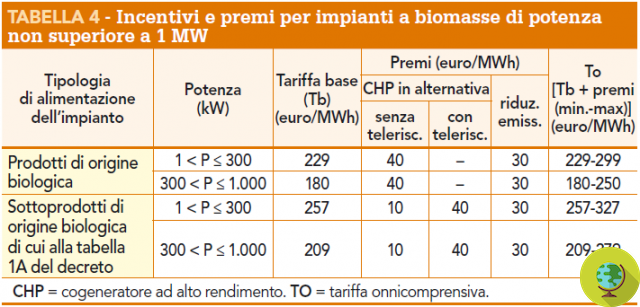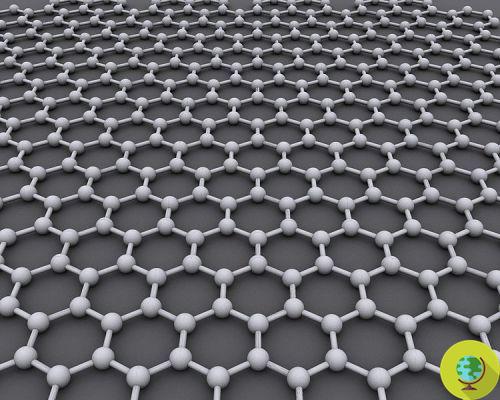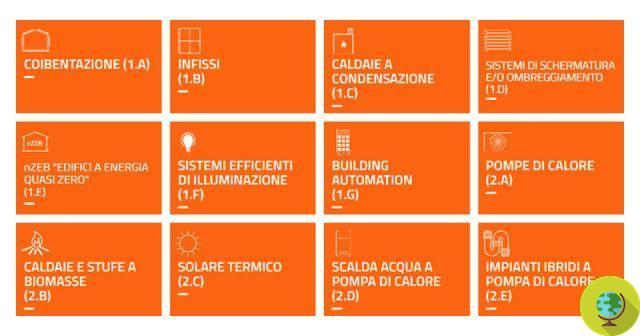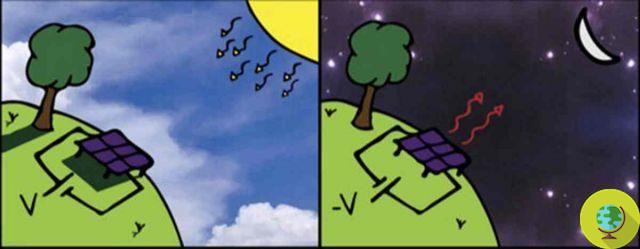Photovoltaic without sun. You will say a beautiful and good oxymoron. Not according to the latest innovation from the fervent MIT laboratories which, after having recently developed the paper solar cells, the artificial solar leaf to heat the house and the 3D solar cells, return to amaze with a new conversion system photovoltaic energy capable of producing electricity even in the absence of direct light and exploiting the heat of any source.
He is about to end up run over, his mother saves him
photovoltaic without sun. You will say a beautiful and good oxymoron. Not according to the latest innovation from the fervent laboratories of MIT which, after having recently developed the paper solar cells, the artificial solar leaf to heat the house and the 3D solar cells, return to amaze with a new photovoltaic energy conversion system able produce electricity even in the absence of direct light and using the heat of any source.
A principle that is certainly not revolutionary, like the nanotechnology with which it was recreated, which is increasingly used in research on the solar cells of the future.
But what it has of the revolutionary in research "Sun free photovoltaics" also published in the authoritative Physical Review magazine, it is precisely the application of nanotechnology to the principle of converting heat into light that makes it possible to make the new system more efficient than all previous attempts.
The key to this revolutionary innovation lies, in fact, as explained on the MIT website, lies in a material with billions of nanoscale “wells” engraved on the surface of the solar cells. When the material absorbs heat - from the sun, a hydrocarbon fire or any other source - the pitted surface radiates energy primarily to these carefully chosen wavelengths. Starting from this, the MIT researchers first created a butane-powered power generator the size of a button with an autonomy three times higher than a lithium battery of the same weight that can be recharged instantly by simply inserting a small cartridge. new fuel.
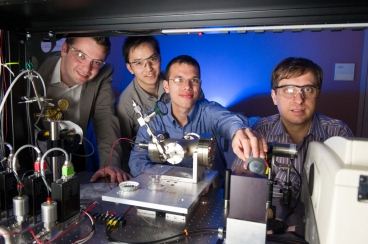
Following the same principle, the researchers also developed another device that, powered by a radioisotope that constantly produces heat from radioactive decay, could generate electricity for 30 years without refueling and without maintenance. An instrument that could represent, for example, an ideal source of electricity for a spacecraft on a mission far from the Sun.
Also because, according to what was stated by the US Energy Information Administrator, 92 percent of all the energy we use involves the conversion of heat into mechanical energy, and therefore often into electricity. However, today's mechanical systems - such as using fuel to boil water and spin a turbine - have relatively low efficiency and cannot be reduced to small devices needed by appliances such as, for example, smartphone or medical monitor.
"Being able to convert heat from various sources into electricity without moving parts would have brought enormous benefits - says Ivan Celanovic ScD '06, research engineer at MIT who coordinated the research - especially if we could do it effectively, in relation to cheap and on a small scale ".
Celanovic's solution was to use photonic tungsten crystals, a material that when heated generates light against an altered emission spectrum thanks to the "micro holes" made on its surface, each of which would behave in practice as a very small "resonance chamber" capable of emitting radiation only at certain lengths of wave. The chips thus made contain, in practice, real photonic crystals on both flat sides and tiny external tubes for the injection of fuel and air, as well as for the expulsion of waste products. Real micro-reactors to which to add a photovoltaic cell mounted against each facade to convert the wavelengths of the light emitted into electric energy.
“At that point, our TPV generator could power your smartphone for a whole week without being recharged,” he says satisfied. Celanovic although building practical systems requires the integration of many technologies and fields of expertise. “It's a truly multidisciplinary effort,” says Celanovic. "And it is a clear example of how materials research is fundamental and able to enable a whole spectrum of applications for energy efficient conversion."
Simona Falasca




